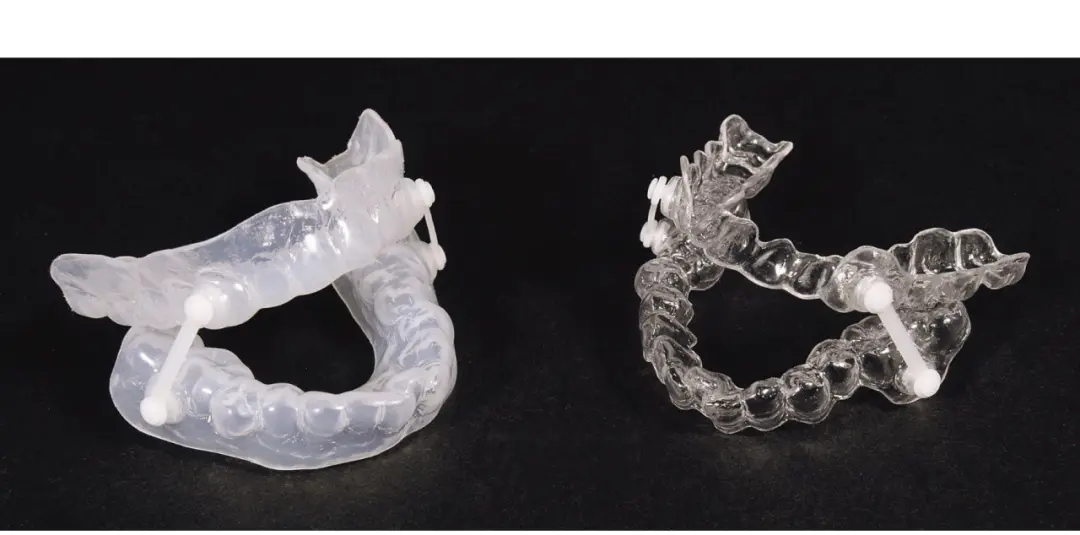
Snoring Device FDA 510k Standard Testing
Snoring devices are classified as Class II medical devices in the United States, and export to the U.S. requires FDA approval. JJR Lab in China is GLP-certified and provides relevant testing services, such as ISO 10993 projects. We welcome inquiries. For example, our standard fee for the three basic biocompatibility tests is just $4,000.

Snoring Device 510(k) Application Testing Items and Standards Summary
biocompatibility testing
- Overall Biological Evaluation
Standard: ISO 10993-1
Purpose: Assess the overall biological safety of materials
Test Method: Use risk management to determine the scope of tests requiRED and perform necessary tests.
- Cytotoxicity
Standard: iso 10993-5
Purpose: Determine if the material is toxic to cells
Test Method: Cell cULture exposure and cell survival rate testing.
- Skin Irritation
Standard: iso 10993-10
Purpose: Determine if the material causes local irritation
Test Method: Patch test on animal skin, assessing erythema and edema (redness and swelling).
- Delayed Hypersensitivity Reaction
Standard: ISO 10993-10
Purpose: Check if the material induces allergic reactions
Test Method: Guinea pig maximization test or local lymph node assay.
- CheMICal Composition Analysis (Recommended)
Standard: ISO 10993-18
Purpose: Analyze chemicals that may leach from materials
Test Method: Extract liquid analysis (GC-MS/LC-MS), identify potential harmful substances.
Physical & Mechanical Properties Testing
- Flexural Strength & Modulus
Standard: ASTM D790-17
Purpose: Verify the structural strength and rigidity of the product
Test Method: Three-point bending test to measure maximum stress and modulus.
- Tensile Strength
Standard: ASTM D638-22
Purpose: Test material’s tensile properties
Test Method: Stretch the material to failure, recording stress and elongation.
- Water Absorption
Standard: ASTM D570-22
Purpose: Verify if the material deforms in a humid environment
Test Method: Weigh the material before and after immersion, assess changes in weight.
- Melting Temperature
Standard: ASTM D3418-21
Purpose: Determine the safe processing temperature range
Test Method: Differential Scanning Calorimetry (DSC) to measure the melting point.
- Density Testing
Standard: ASTM D792-20
Purpose: Ensure material consistency
Test Method: Use specific gravity bottle or buoyancy method to determine density.
Functional Validation
- Mandibular Adjustment Structure Verification
Standard: Company Standard
Purpose: Verify maximum adjustment range and locking performance
Test Method: Perform multiple adjustment cycles and record the range of movement (e.g., max 4mm).
- Reusability Durability Testing
Standard: Company Standard
Purpose: Verify if function remains stable after cleaning/wearing
Test Method: Simulate multiple use cycles, test for wear and structural integrity.
- Thermoforming Fit Verification
Standard: Company Standard
Purpose: Verify fit after user thermoforming
Test Method: Perform thermoforming on a dental model, observe deformation and adaptability.
Cleaning & Non-Sterilized Testing
- Non-Sterilized Status Labeling
Standard: 21 CFR 801
Purpose: Clearly indicate non-sterile to avoid misleading users
Test Method: Label the product with "Non-Sterile" and include cleaning instructions.
- Home Cleaning Safety Verification
Standard: Company Standard
Purpose: Verify if hot water/soap solutions damage the product
Test Method: Use simulated cleaning solutions and observe product deformation or performance changes.
- Microbial Residue Control (Optional)
Standard: USP <61>/<62> (if applicable)
Purpose: Ensure microbial load is acceptable
Test Method: Based on risk management exemption, test colony count if necessary.
Label Compliance
- OTC Label Compliance Verification
Standard: 21 CFR 801 Subpart C
Purpose: OTC products must include warnings, uses, and cleaning instructions
Test Method: Review label and instruction content to ensure it complies with regulatory requirements.
- Use Declaration Consistency
Standard: Consistent with 510(k) file
Purpose: Prevent marketing for treatment of sleep apnea
Test Method: Ensure that the label and instructions state "reduce snoring" and do not expand indications.
Special Controls
- Guideline Requirements Compliance
Standard: Class II Special Controls Guidance
Purpose: Meet special control requirements for Class II products
Test Method: Verify compliance with each guideline item (e.g., adjustment structure, material risks, instructions, etc.).
Regulatory System
- QSR Quality System Compliance
Standard: 21 CFR 820
Purpose: Comply with FDA design control and manufacturing quality regulations
Test Method: Includes design validation, change control, CAPA, non-conformance handling processes.
Feel free to REACH out for more detailed inquiries or to schedule testing!
Email:hello@jjrlab.com
Write your message here and send it to us
 What Are the Testing Items of California Propositi
What Are the Testing Items of California Propositi
 E-Cigarette EU TPD Testing
E-Cigarette EU TPD Testing
 Testing Certification for E-cigarettes Exported to
Testing Certification for E-cigarettes Exported to
 What is Amazon US CPC Certification?
What is Amazon US CPC Certification?
 UK Toy Safety Regulation Standard EN 71-13
UK Toy Safety Regulation Standard EN 71-13
 What is EU UFI Registration?
What is EU UFI Registration?
 EU UFI Registration for E-cigarette E-liquid
EU UFI Registration for E-cigarette E-liquid
 How to get the MSDS Report for Electronic Cigarett
How to get the MSDS Report for Electronic Cigarett
Leave us a message
24-hour online customer service at any time to respond, so that you worry!




